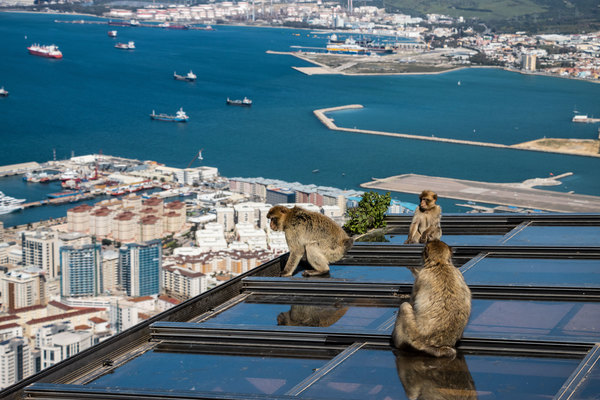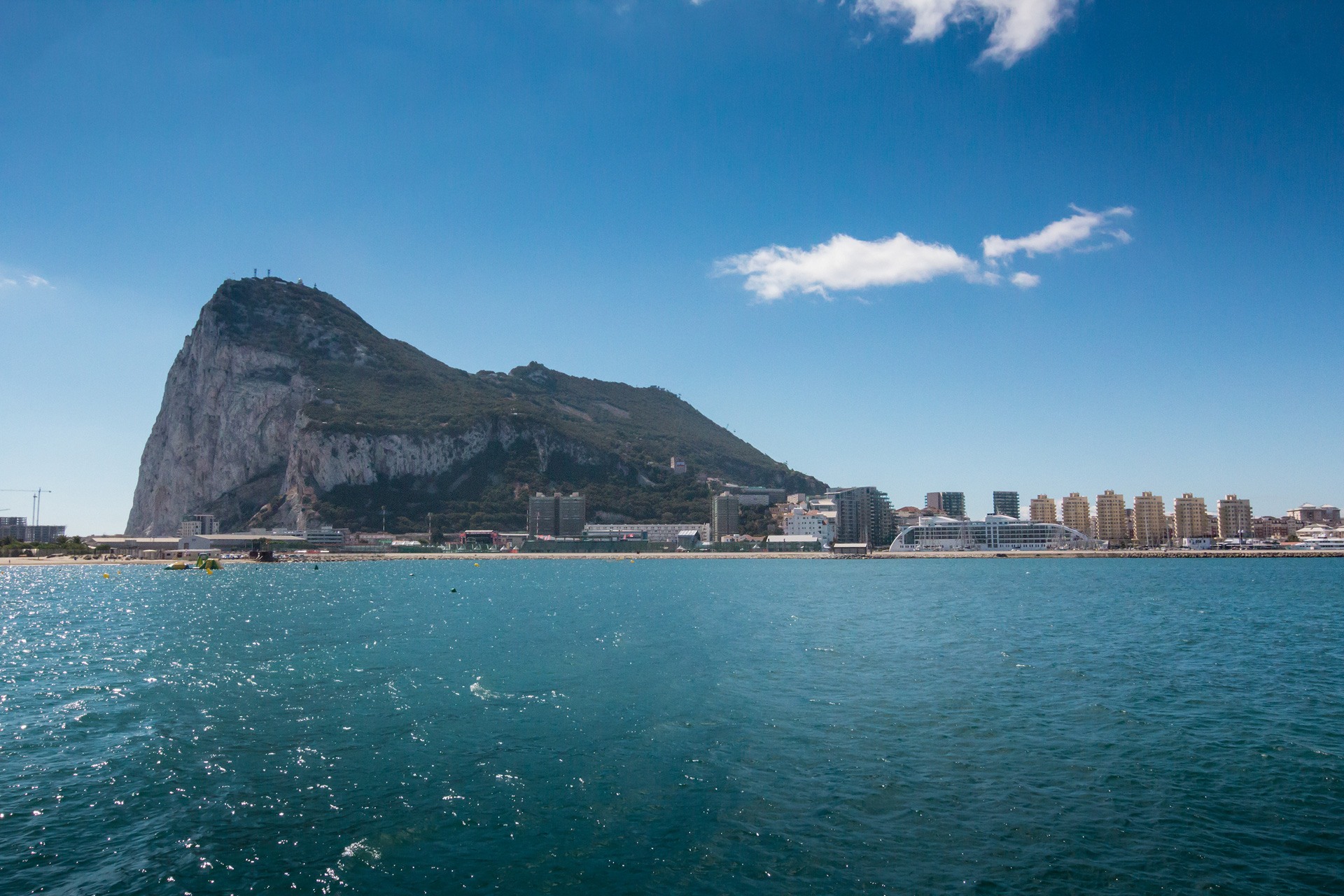» Surroundings |
» Gibraltar
 ARTYKUŁ W JĘZYKU POLSKIM
ARTYKUŁ W JĘZYKU POLSKIM
I would like to invite you to read this article on the new domain
CLICK HERE
Visit www.GoIberia.com
to read more about interesting & beautiful places on the Iberian Peninsula!
Un Saludo:)!
About the Author
Dora Mandora - passionate about technology, photography, travel, sport and healthy living. Professionally: web & graphic designer and photographer. With camera in hand explores the Iberian Peninsula's southern reaches.
Back
Related articles

The Monkey Thieves at the Rock Of Gibraltar!
Read more
